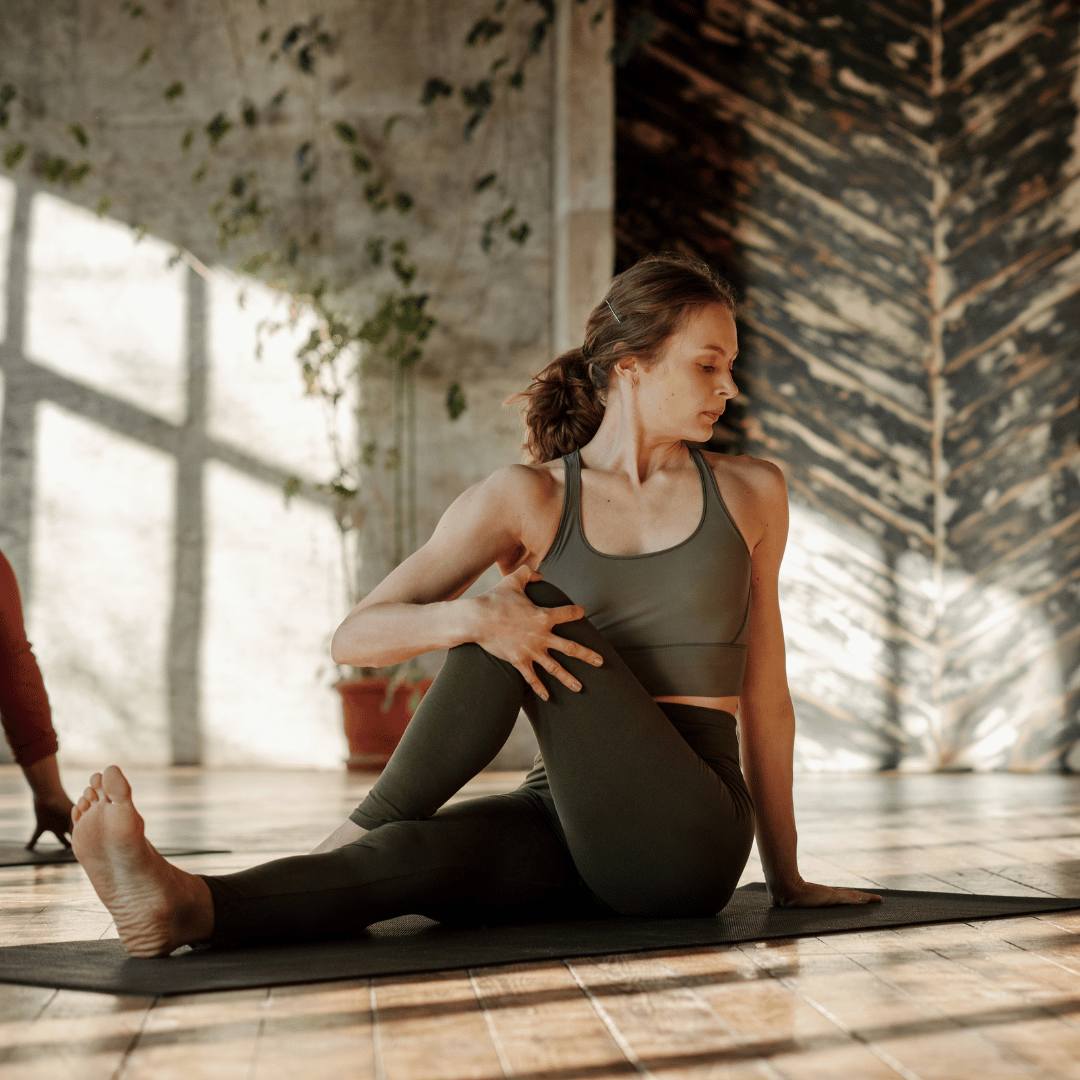Static stretching, the act of holding a stretch for an extended period of time, is a crucial component of any workout routine. This technique is designed to improve flexibility, range of motion, and overall athletic performance while reducing the risk of injury. In this article, we will discuss the importance of static stretching and provide tips and techniques for incorporating it into your workout routine.
What is Static Stretching?
Static stretching is the act of holding a stretch for an extended period of time, typically between 10 and 30 seconds. There are two types of static stretching: passive and active. Passive stretching involves using an external force, such as a strap or the assistance of a partner, to deepen the stretch. Active stretching involves using your own muscles to hold the stretch without assistance.
Static stretching differs from dynamic stretching, which involves movement and is typically used as a warm-up before exercise. Static stretching is best used after exercise or during a separate stretching session.
Importance of Static Stretching in a Workout Routine
Static stretching is a critical component of any workout routine because it helps to improve flexibility and range of motion. By stretching your muscles, you are able to lengthen them, which increases your range of motion. This, in turn, improves your athletic performance and reduces the risk of injury.
Static stretching also helps to reduce muscle tension and soreness by increasing blood flow and circulation to your muscles. By reducing muscle tension, you are less likely to experience soreness and tightness, which can negatively impact your workout routine.
The Benefits of Static Stretching
There are numerous benefits to incorporating static stretching into your workout routine. Some of the most significant benefits include reduced muscle tension and soreness, improved circulation and blood flow, enhanced athletic performance, improved posture, and reduced risk of injury.
By reducing muscle tension and soreness, static stretching can help you recover more quickly from your workouts
and reduce your risk of injury by decreasing muscle stiffness and improving your flexibility. Improved circulation and blood flow also help to deliver nutrients and oxygen to your muscles more efficiently, leading to better performance and overall health.
Static stretching can also enhance your athletic performance by improving your range of motion and flexibility. This, in turn, allows you to move more freely and with greater ease, increasing your overall performance in sports and other physical activities.
Improved posture is another benefit of static stretching. By stretching your muscles, you can help to realign your spine and improve your overall posture, leading to reduced pain and discomfort in your back and neck.
How to Incorporate Static Stretching into Your Workout Routine
To incorporate static stretching into your workout routine, it's best to perform your stretches after your warm-up and before your cool-down. Hold each stretch for 10 to 30 seconds, and repeat each stretch two to three times.
It's important to choose stretches that target the muscles you'll be using in your workout. For example, if you'll be doing a lot of upper body work, focus on stretching your chest, shoulders, and back. If you're going for a run, focus on stretching your legs and hips.
Static Stretching Tips and Techniques
To get the most out of your static stretching routine, there are a few tips and techniques to keep in mind. First, avoid bouncing or jerking when you're stretching, as this can cause injury. Instead, ease into each stretch slowly and hold it for the full 10 to 30 seconds.
You can also use props like blocks or straps to deepen your stretches and enhance your flexibility. For example, if you're working on your hamstring flexibility, you can use a strap to help you reach your toes while keeping your legs straight.
Myths and Misconceptions About Static Stretching
There are many myths and misconceptions about static stretching, including the belief that it can be harmful before exercise. However, recent research has shown that static stretching can actually help to reduce the risk of injury when performed after a proper warm-up.
It's also important to note that static stretching should not be used as a substitute for strength training. While static stretching can help to improve your flexibility, it does not build muscle or improve your overall strength.
When Not to Perform Static Stretching
While static stretching is beneficial in most cases, there are certain situations where it should be avoided. For example, if you have a recent injury or are experiencing acute pain, it's best to avoid stretching until you've had a chance to recover.
It's also important to listen to your body and avoid stretching to the point of pain or discomfort. If a stretch is causing you pain, back off and try a different stretch or seek the advice of a qualified professional.
Conclusion
Incorporating static stretching into your workout routine can help you unlock numerous benefits, including improved flexibility, reduced muscle tension and soreness, and enhanced athletic performance. By following the tips and techniques outlined in this article, you can safely and effectively incorporate static stretching into your workout routine and improve your overall fitness and health.
FAQs
-
Is it necessary to stretch before and after a workout?
Yes, it's important to perform a proper warm-up before exercising, which can include dynamic stretching, and to stretch after your workout to cool down and promote recovery.
-
How long should I hold a static stretch for maximum benefit?
For maximum benefit, hold each stretch for 10 to 30 seconds, and repeat each stretch two to three times.
-
Can static stretching increase my range of motion?
Yes, static stretching can help to improve your range of motion and flexibility.
-
Can static stretching improve my posture?
Yes. Static stretching can help to realign your spine and improve your overall posture, leading to reduced pain and discomfort in your back and neck.
-
Can I incorporate static stretching into my yoga practice?
Yes, static stretching can be a great addition to your yoga practice, as it can help to deepen your stretches and improve your flexibility. Just be sure to choose stretches that complement your yoga practice and target the areas of the body you're working on.










Leave a comment
This site is protected by hCaptcha and the hCaptcha Privacy Policy and Terms of Service apply.